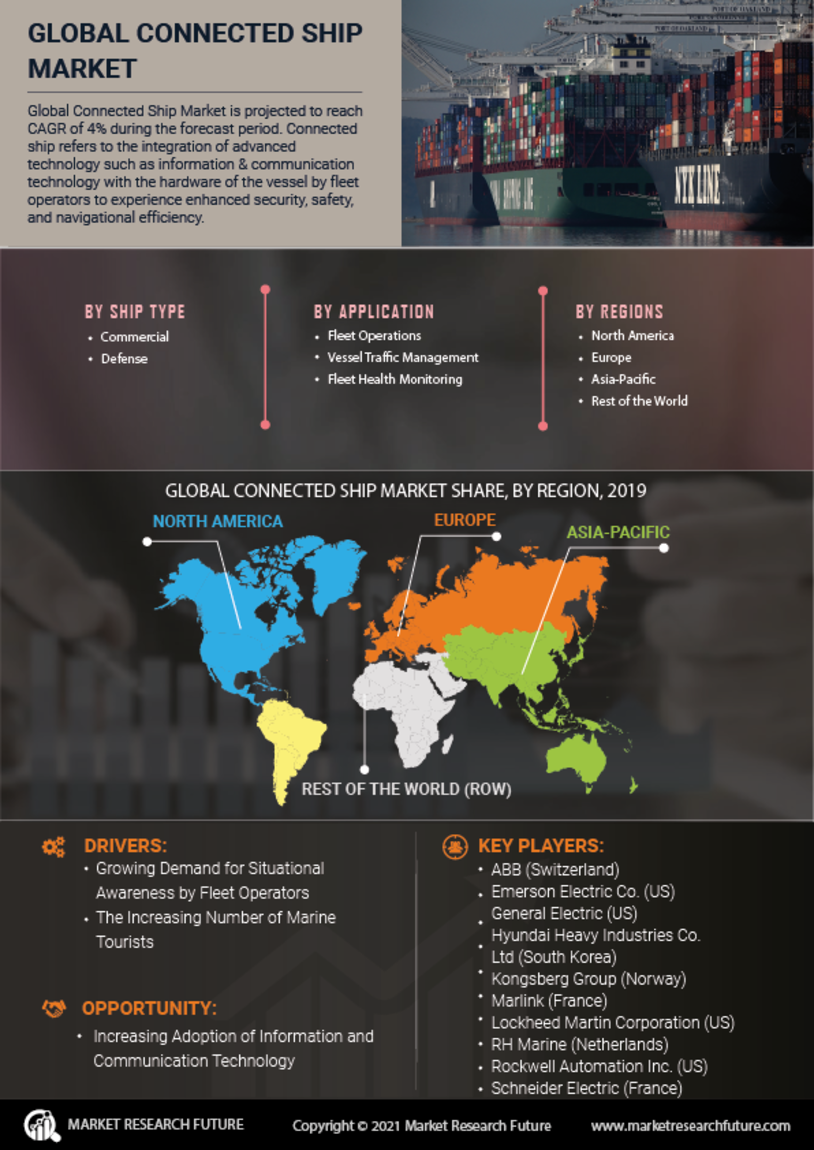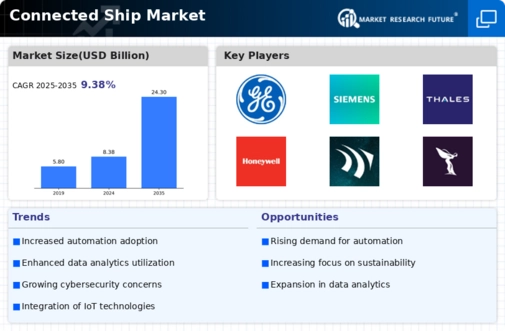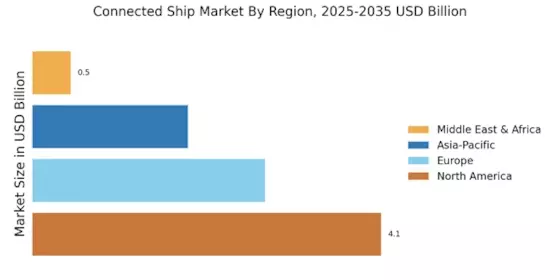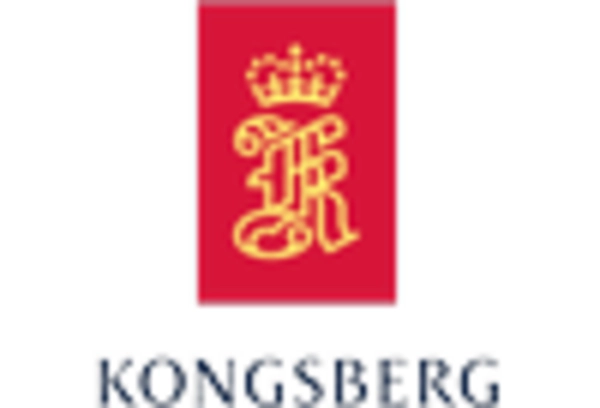The Connected Ship Market is evolving rapidly as the maritime industry increasingly integrates advanced technologies to improve operational efficiency, safety, and sustainability. This competitive landscape comprises key players offering innovative solutions in areas like vessel tracking, predictive maintenance, cybersecurity, and overall fleet management.
The demand for real-time data analytics and enhanced connectivity on ships is leading to significant transformations in shipping logistics, operations, and services. Companies are increasingly collaborating and forming strategic partnerships in order to bolster their positions in this dynamic market.
As digital transformation within the maritime sector accelerates, organizations that can leverage data-driven insights and next-generation communication technologies will gain a competitive edge and redefine the traditional paradigms of maritime operations.
General Electric has established a strong presence in the Connected Ship Market through its extensive portfolio of technology solutions tailored to the maritime industry. The company's significant investments in digital technologies have enabled it to develop advanced analytics and IoT-driven platforms that enhance operational efficiency and drive cost savings for ship operators.
General Electric's strengths lie in its ability to integrate advanced industrial software with hardware capabilities, which helps customers optimize asset performance and improve safety onboard. Their comprehensive approach to data interoperability and platform connectivity allows for seamless information flow between vessels and shore-based operations.
Furthermore, General Electric's commitment to sustainability and reducing the carbon footprint of maritime operations positions it as a key player poised to shape the future of the connected shipping landscape.
L3 Harris Technologies is another prominent entity in the Connected Ship Market, recognized for its cutting-edge communication systems and technology solutions. The company's strong focus on enhancing maritime security and situational awareness empowers operators to make informed decisions rapidly.
L3 Harris Technologies stands out through its innovative maritime communication systems that integrate satellite and terrestrial networks, ensuring robust connectivity even in remote areas. The enterprise excels in delivering solutions that enhance maritime situational awareness by offering real-time monitoring and tracking capabilities.
Their advanced sensors and data processing technologies provide valuable insights, facilitating better decision-making in navigation and fleet management. The merging of communication, surveillance, and data analytics in L3 Harris Technologies' offerings strengthens its impact on the connected ship ecosystem while meeting the growing safety and efficiency demands of the modern maritime industry.


















Leave a Comment